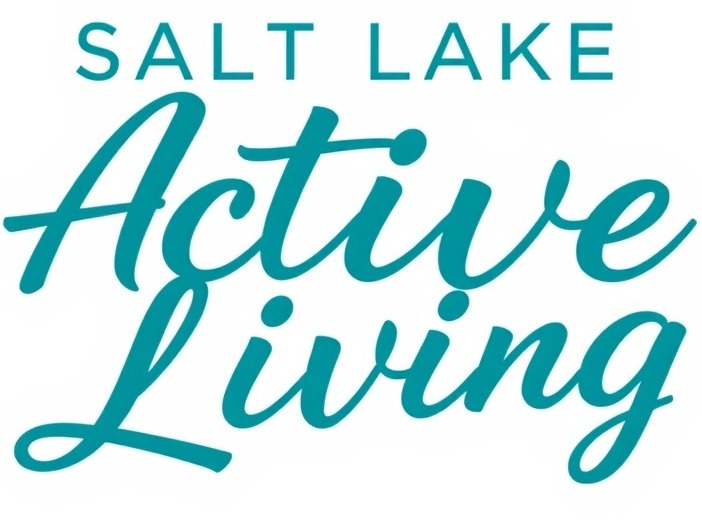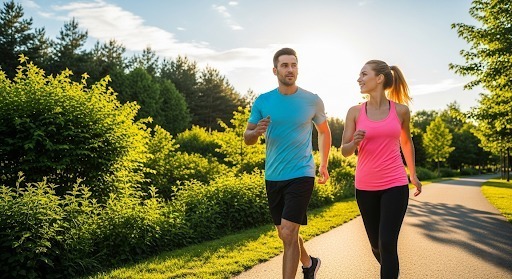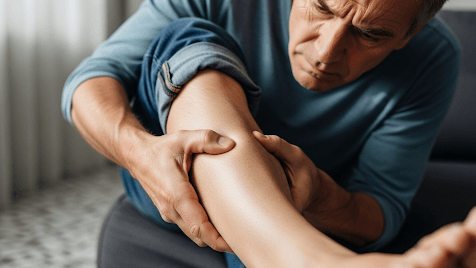
The Importance of Hip Mobility for Women’s Health
Many women find themselves facing the discomfort of tight hips, whether it stems from extended sitting at work, lack of physical activity, or the demands of a busy lifestyle. Hip flexibility is crucial not only for health and wellness but also for maintaining good posture and preventing injuries. Incorporating targeted mobility exercises can transform how you feel and move. Let's dive into why hip mobility is essential and explore some effective exercises together.
Understanding Hip Mobility and Its Impact
Why is hip mobility so important, especially for women? Our hips are a critical joint area that affects movement in various activities, from walking and running to dancing and yoga. Limited hip flexibility can lead to a cascade of issues. Researchers have shown that restricted movement can correlate with discomfort in the lower back and knees. By focusing on improving hip mobility, not only do we ease these common complaints, but we also enhance our overall physical performance and well-being.
Stretching Your Way to Relief: Key Exercises
Incorporating specific stretches into your routine can create noticeable improvements in hip flexibility. Here are a few effective moves:
Hip Flexor Stretch: Kneel on one knee with the opposite foot ahead, placing it flat on the ground. Tighten your core and push your hips forward gently while keeping your back straight. Hold for 30 seconds and switch sides.
Figure Four Stretch: Lie on your back and place one ankle over the opposite knee, forming a figure four with your legs. Gently pull the supporting knee toward your chest. Breathe deeply and hold for 30 seconds. This stretch helps open up the hips and relieve tension.
Butterfly Stretch: Sit with your feet together, allowing your knees to fall out to the sides. Gently push down on your knees for a deeper stretch. This classic pose encourages flexibility and releases tightness in the inner thighs.
The Role of Vitamin D in Muscle Health
While focusing on hip mobility, don’t forget about the relationship between nutrition and muscle function. Vitamin D plays a vital role in muscle health, contributing to muscle strength and overall physical performance. Many women are deficient in this crucial vitamin, particularly those with limited sun exposure. Consider discussing Vitamin D levels with your healthcare provider to ensure you are supporting your body's needs.
How Tight Hips Affect Daily Life
Experiencing tight hips isn't just about physical discomfort; it can also impact emotional and mental well-being. Many women report that pain or discomfort can lead to frustration and limit social activities. By taking the time to address hip flexibility through simple exercises, you're investing in your mental health as well. Feeling physically good boosts your confidence and willingness to engage socially, creating a positive cycle that enhances both physical and mental wellness.
Integrating Hip Mobility into Your Routine
Finding time for these mobility exercises doesn’t have to be a chore. Aim for just 10-15 minutes a day or incorporate them into a warm-up or cool-down session with exercise. Consistency is key, and you will likely start feeling the benefits in as little as a few weeks!
The Ongoing Journey: Stay Active!
Maintaining hip mobility is not just a short-term goal; it’s an ongoing journey. Engage in activities you love, whether it's dancing, hiking, or simply walking in nature. The more you move, the more your body will thank you. Remember, moving well is critical for longevity and quality of life.
As a parting thought, if you feel empowered to make changes to enhance your health and flexibility, consider sharing these tips with friends! Let’s support one another in achieving better hip mobility and overall well-being.
 Add Row
Add Row  Add
Add 




Write A Comment